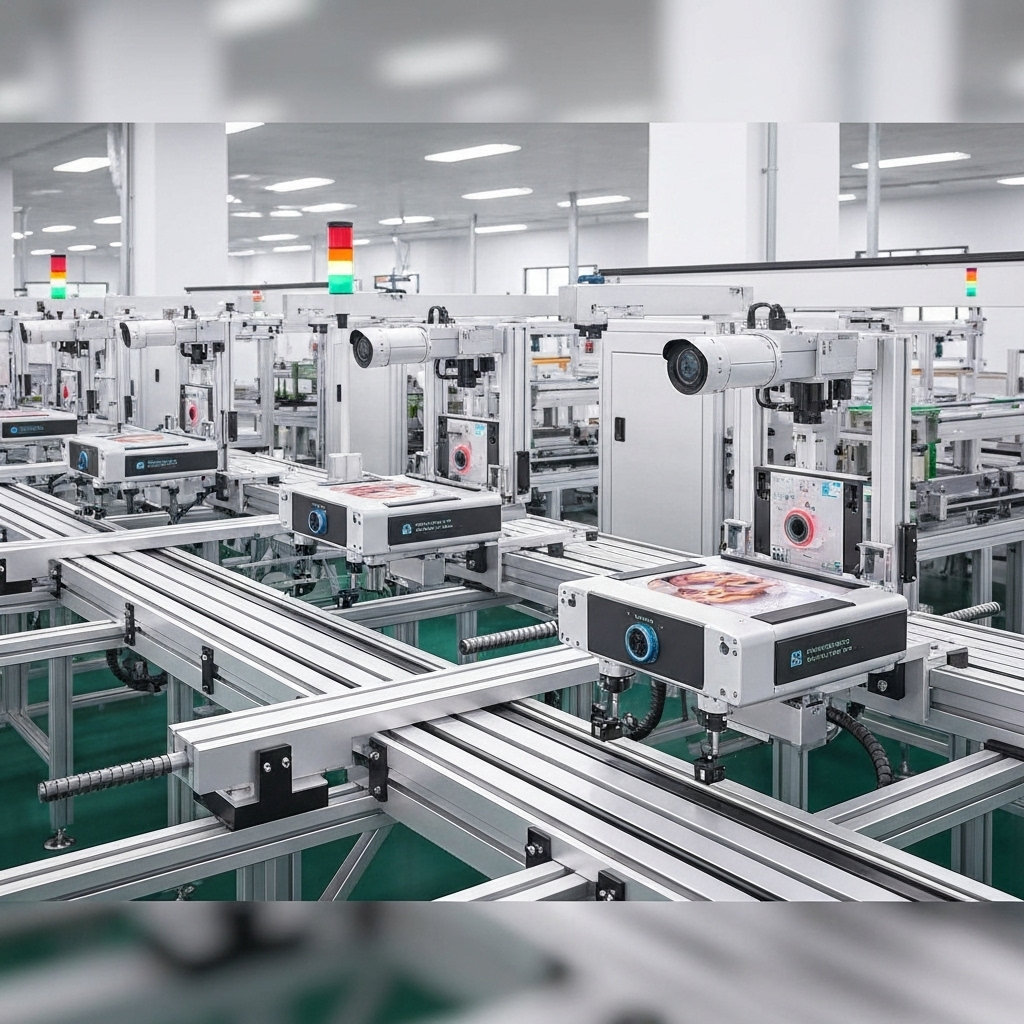AI + XR in Enterprise: Beyond the Hype
Most enterprise AI and XR implementations fail because they ignore operational reality. Here's how to build solutions that actually work in real environments.

The enterprise AI and XR market is flooded with promises of revolutionary transformation. Yet, 70% of implementations fail to deliver meaningful ROI. After deploying solutions across manufacturing, healthcare, and logistics, we've learned what separates successful implementations from expensive failures.
The Reality Gap
Most vendors demonstrate their solutions in pristine lab environments. Real factories are noisy, dusty, and unpredictable. Workers wear gloves, safety glasses, and hard hats. Network connectivity is spotty. These aren't edge cases—they're the norm.

What Actually Works
Successful implementations start with operational shadowing. We spend weeks on-site understanding how work actually gets done, not how it's documented. This reveals the constraints that determine whether technology will be adopted or abandoned.

Implementation Strategy
Start small, prove value, then scale. Focus on solving one specific problem extremely well rather than promising to transform everything. Measure impact in terms that matter to operations: reduced training time, fewer errors, improved safety compliance.

Enterprise AI and XR succeed when they solve real problems in real environments. The technology is ready—the challenge is understanding the operational context well enough to apply it effectively.


